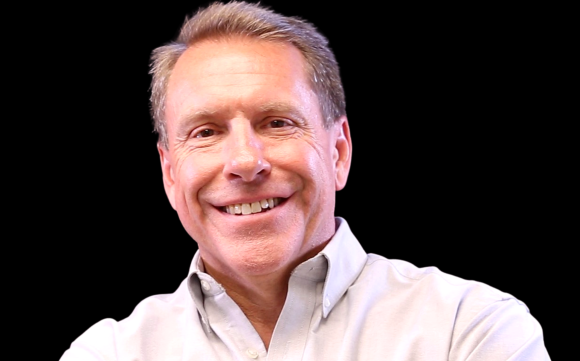How do you negotiate with customers and leave the least money on the table? And not just for one transaction but for the long run?
On today’s episode, Part II of our interview with Jay Jacobs, we discuss strategies that you can use the next time you ask yourself, “What should I charge for my manufactured parts?”
***************
Listen on your favorite podcast app using pod.link, or:
View the podcast our YouTube Channel.
Follow us on Social and never miss an update!
Facebook: https://www.facebook.com/swarfcast
Instagram: https://www.instagram.com/swarfcast/
Twitter: https://twitter.com/tmwswarfblog
*************
Link to Graff-Pinkert’s ad for Graff-Pinkert’s Acquisitions and Sales promotion!
*************
Interview Highlights
Noah Graff: How do you decide how to price a part?
Jay Jacobs: I like to say the right price is the price someone will pay for your parts. And as the volumes go up, the competition goes up.
I dislike competition. One of the reasons I started rapid was because there was no competition for prototype sheet metal parts in the beginning.
But whether you have competition or not, I have a theory I call the Pricing Triangle. I’ll try to describe it visually.
Think of an (x- and y-axis), and on the vertical line is the price, and on the horizontal line is the RFQs or the parts that can be made. You have a triangle.
Think of the letter “A” in that range in the middle of the triangle. That range is your capacity. So at a certain price, it will touch the two sides of the triangle. That’s sort of perfect. You are using all of your capacity.
If you price the parts too high, then you’re going up on the vertical axis and you’re not going to get enough orders to meet your capacity. You’ve got excess capacity. If you price too low, there’s a gap between that horizontal line on the “A” and the sides. You don’t have enough capacity to meet the orders that come in.
So let’s say you want to raise prices. You have to create more demand to meet your necessity. So you put a lot of effort into sales and marketing, and that’s my forte. And in manufacturing, it’s actually a lot easier than a lot of other industries because many shops don’t have salespeople, or they don’t spend a lot of money on marketing.
Noah Graff: How easy it for a supplier to ask its customer for a price increase based on higher material costs?
Jay Jacobs: The shop will get burned once before they make sure that’s a clause in the contract, particularly for long term agreements. And the OEMs will not necessarily like it because they want predictable costs. However, you need your shop to be in business to survive.
Noah Graff: Give me some examples of how you calculated prices of various parts at RAPID Manufacturing.
Jay Jacobs: We had different shop rates for different complexity parts. We had what we called simple, medium, and high complexity, and we had different hourly rates. These hourly rates aren’t real rates. These are approximations.
For simple parts, we were roughly $200 an hour. For medium complexity parts, we were $300 an hour. High complexity parts, things that require certain machines, certain people in the shop, essentially that could blow up your shop, we were up over $800.
Noah Graff: Do a lot of shops underprice their parts?
Jay Jacobs: I think a lot of shops are afraid to raise their prices.
I think you need to be really fluid (when pricing) because prices go down when there is less demand. Buyers are going to be pitting you against the other shops, and you may you may get less money.
However, there’s a lot of hesitation of shops (to raise prices) when there is a lot of demand.
Noah Graff: You are in a mastermind group with the famous negotiator, Chris Voss. How are you applying those negotiation techniques in your work?
Jay Jacobs: Using Chris’s techniques makes the other person feel better about the negotiation. And if someone feels better about negotiating with you, then they are more likely to interact with you in the future. There’s so much power in that, whether in business or personally. I think it makes you a better communicator.
Noah Graff: Do you have any other advice for manufacturers who are pricing their parts?
Jay Jacobs: I love pricing. Pricing fascinates me. I really encourage someone who has the power to change prices, controls pricing—probably a shop owner—to do some experiments.
Maybe don’t change your pricing wholesale. Maybe a new customer comes in and you raise your shop rate 25%. Try some stuff, see what happens.
If you want to fuel the growth of your company it starts by raising prices. Don’t be afraid to make little experiments.
Although, if you are selling used machinery, you should definitely be as thin as possible so that these shop owners can bring more equipment in.
Obviously, I’m saying that in jest.
Jay Jacobs is the host of the Job Shop Show podcast. Check out Paperless Parts.
Podcast: Play in new window | Download




